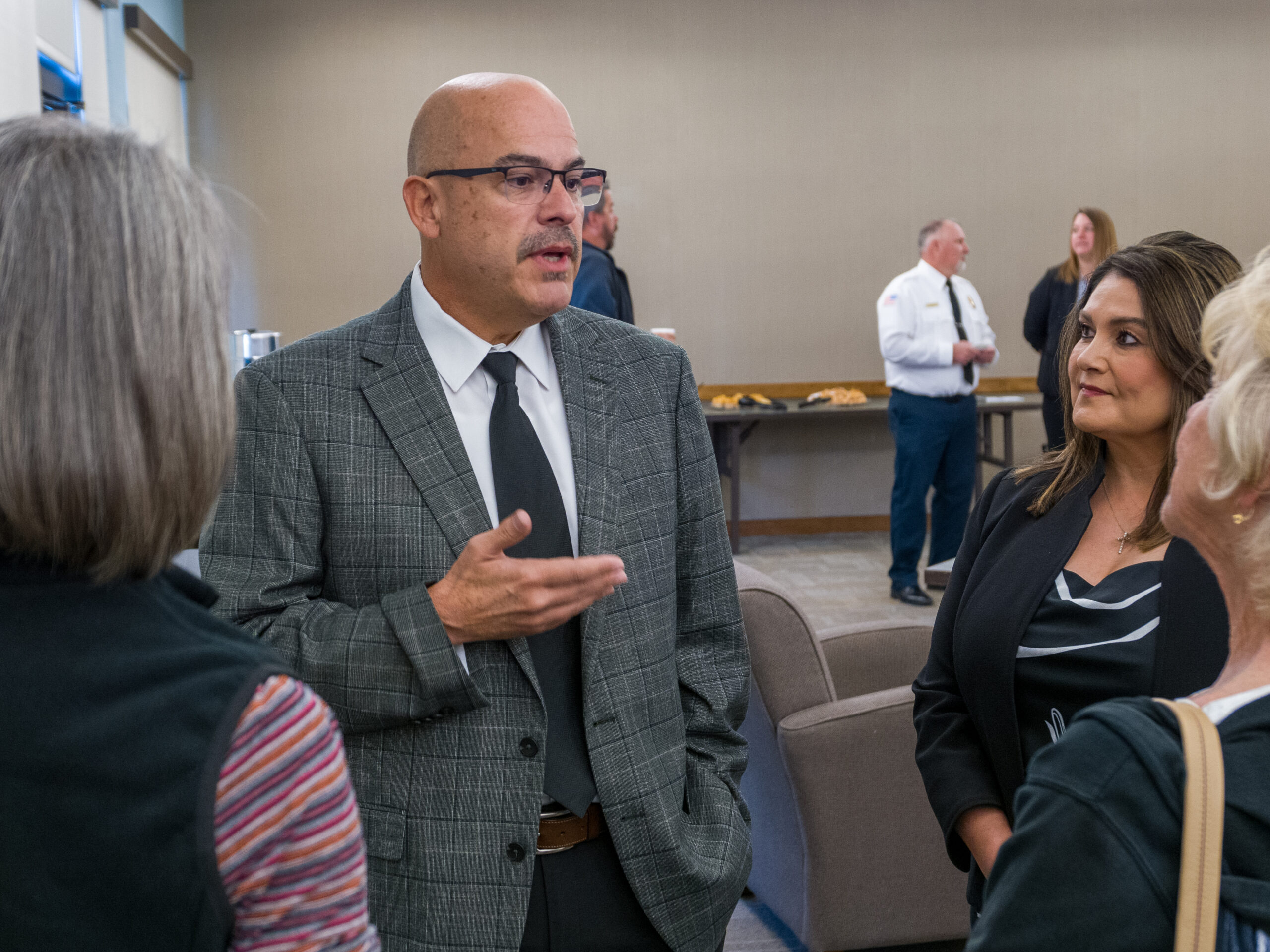With new rules governing motorized travel on the Coconino National Forest set to take effect in April, representatives with the National Forest Service have been traveling to different communities in an effort to dispel rumors and set the record straight about what is and isn’t happening.
Last week, meetings were held in Beaver Creek and Cornville to explain to the public what they could expect.
Speaking to a large group assembled Feb. 8 at Oak Creek School in Cornville, Red Rock Ranger District Off-Highway Vehicle Coordinator Jody Nickerson said she realized a lot of people likely had questions about what to expect.
“We’re not closing the forest,” Nickerson said. “You can still get anywhere in the forest you want to go, you just have to plan your route ahead of time.”
The forest has been working on the new rules since they were mandated in 2005.
The new Travel Management Rule, or TMR, will restrict motorized vehicle access to more than 4,300 miles of forest roads on the Coconino.
Some roads will be restricted to highway-only vehicles, while others would be open to different types of vehicles like ATVs and motorbikes.
Cross-country motorized travel, that is, traveling off-road will be prohibited. Snowmobiles in some of the more northern parts of the forest will be exempt, provided they actually travel on snow.
Where people will be allowed to drive will be outlined on a map to be made available in April. Nickerson said the maps will be available at ranger district offices and online, with future plans to have them at local businesses and accessible through smart phones and GPS devices.
Nickerson said that public input was taken into account when deciding which roads to close, as was information from scientists who want to ensure the forest’s various ecosystems are preserved.
Nickerson pointed to a map of current existing roads on the forest, parts of which looked like a network of spiderwebs, many the result of people making their own roads over time.
That’s what the Forest Service hopes to prevent in the future.
“We want to keep it a forest and keep those ecosystems in there,” Nickerson said.
The rules also set aside corridors along certain roads for camping and put a limit on how far a motorized vehicle can travel off the road to retrieve large game, like elk.
Some at the meeting expressed concern that the new rules would limit where they could travel just for the sheer enjoyment of recreational driving.
Nickerson said that while several roads would be off limits, most of the forest would still be accessible.
Under the current network of roads, Nickerson said 93 percent of the forest is within a half-mile of a road.
Under the new rules, 73 percent of the forest will be within a half-mile of an approved road, not including some of the wilderness areas.
“People tell us we’re closing the forest,” Nickerson said. “It’s just a 14 percent drop.”
Nickerson said that the Forest Service did take into account the wishes of various off-roading groups to open certain trails and roads for their use.
The map is necessary, Nickerson said.
Other solutions like putting signs up on every road in the forest aren’t feasible, Nickerson said, because people could just remove them.
Still, informational kiosks will be set up in various areas. The Forest Service will use gates and boulders to block access in some cases, but it doesn’t have the budget to do that on a wide scale.
Nickerson said she hopes that the good behavior of forest road users will have a “peer-pressure” effect to convince others to do the right thing.
More information on the new rules is available online at www.fs.usda.gov/land/coconino/landmanagement.


